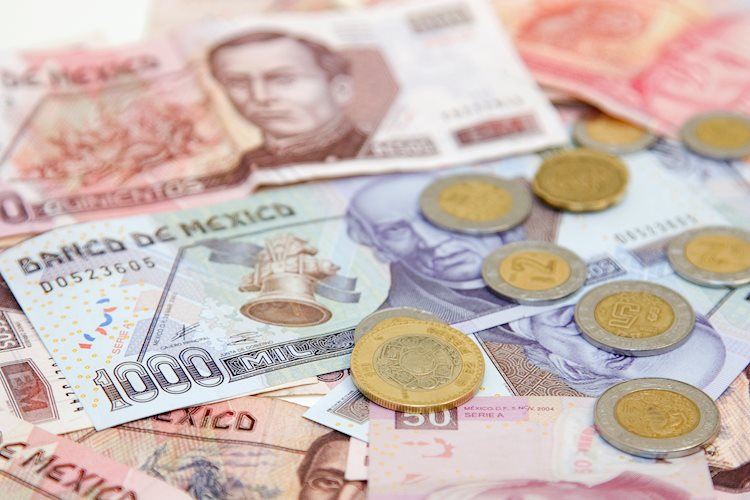The Mexican Peso has remained soft against the US Dollar as the US Retail Sales and Industrial Production data have surpassed estimates. The USD/MXN pair is currently trading at 19.18 after hitting a daily high of 19.40. Despite some gains made by the Mexican Peso after the positive US Retail Sales data, expectations of a 50 bps rate cut by the Federal Reserve have not changed as the Fed’s two-day meeting begins.
The US Commerce Department revealed that August Retail Sales were better than expected, indicating that consumers remain resilient despite signs of moderation in hiring and wage growth. Additionally, Industrial Production in August showed a rise after contracting in July. Following this data, the US Dollar Index climbed 0.20% to 100.92, with odds for a 50 bps rate cut by the Fed remaining at 61%.
Looking ahead, Mexico’s economic docket will feature Q2 Aggregate Demand and Private Spending figures on Wednesday, while the US will unveil housing data ahead of the Federal Open Market Committee (FOMC) monetary policy decision. The Atlanta Fed GDP Now Index has also risen from 2.5% to 3%, indicating positive growth in Q3.
Despite solid US data, the USD/MXN pair will continue to be influenced by market sentiment and expectations for a larger Fed rate cut. US Retail Sales in August rose 0.1% MoM, surpassing estimates, while Industrial Production increased by 0.8% MoM in August. The Fed funds rate futures contract for December 2024 suggests that the Fed will cut rates by at least 111 basis points this year.
From a technical perspective, the USD/MXN pair remains upwardly biased despite a recent dip. Key resistance levels are at 19.50 and 20.00, while support levels include 19.15 and 18.99. Momentum indicators suggest that the exotic pair might consolidate in the near term.
The Mexican Peso is the most traded currency among Latin American peers and is influenced by various factors such as the performance of the Mexican economy, central bank policy, foreign investment, remittances, and geopolitical trends. Mexico’s central bank, Banxico, aims to maintain low and stable inflation levels by adjusting interest rates. Macroeconomic data releases play a crucial role in assessing the state of the economy and affecting the valuation of the Mexican Peso.
As an emerging-market currency, the Mexican Peso tends to perform well during risk-on periods when market risks are perceived to be low. Conversely, it may weaken during times of market turbulence or economic uncertainty as investors seek stability. Overall, the Mexican Peso’s value is influenced by a combination of domestic and global factors that impact market sentiment and investor confidence.










